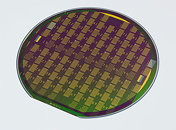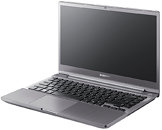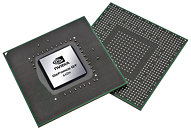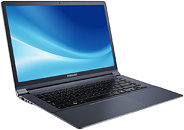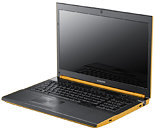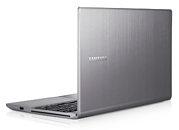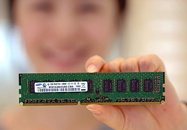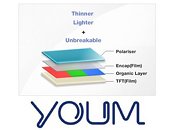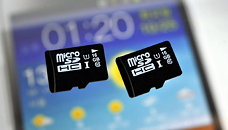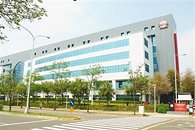
Microsoft Announces Return of PC and Xbox 360 Offer for Students
Microsoft Corp. today announced the return of its successful student offer that allows students buying a qualifying Windows 7-based PC to also get a free Xbox 360 4GB console. The offer is available for current students while supplies last, starting May 20 at participating retailers in the U.S.; a similar offer will be available starting May 18 at participating retailers in Canada. Terms and conditions will vary by participating retailer.
Together, a Windows 7-based PC and an Xbox 360 console provide students the functionality they need for school while also helping them stay connected to friends and family far away. To take advantage of this offer, students or their parents must provide valid student identification as defined by the participating retailer. Participating retailers may change over the course of the promotion, but will include Best Buy, Fry's Electronics, Dell.com, HPDirect.com, Microsoft Stores and NewEgg.com in the U.S., and Best Buy, Dell.ca, Future Shop, Staples and The Source in Canada.
Together, a Windows 7-based PC and an Xbox 360 console provide students the functionality they need for school while also helping them stay connected to friends and family far away. To take advantage of this offer, students or their parents must provide valid student identification as defined by the participating retailer. Participating retailers may change over the course of the promotion, but will include Best Buy, Fry's Electronics, Dell.com, HPDirect.com, Microsoft Stores and NewEgg.com in the U.S., and Best Buy, Dell.ca, Future Shop, Staples and The Source in Canada.

